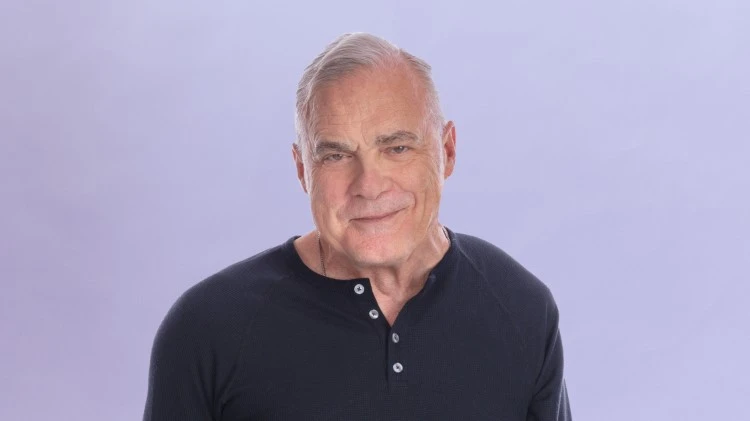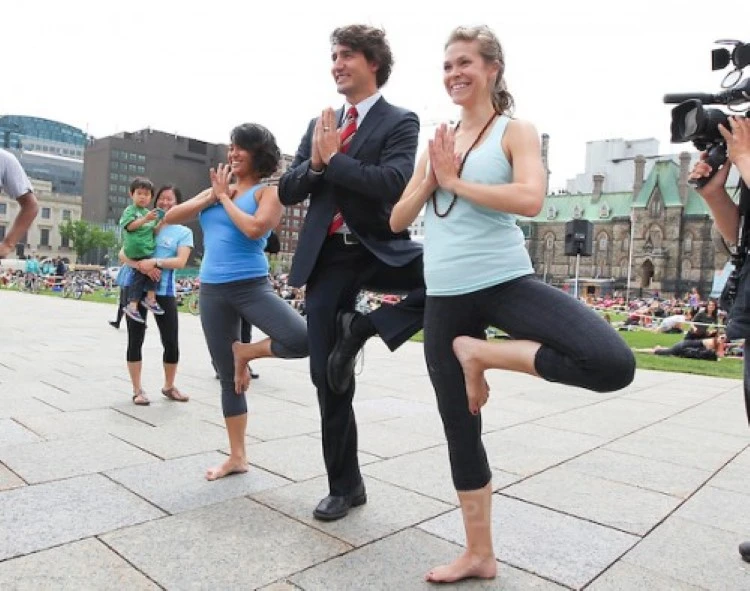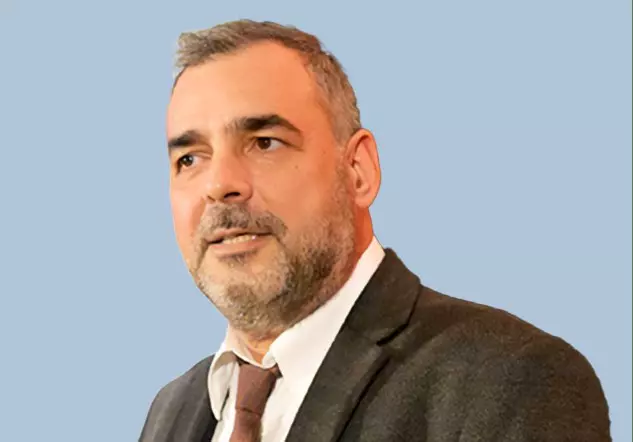In Mindful Leadership in Action: Paving the Path to Sustainable Development (Part 1) we focused on principles and features of sustainable leadership. Now let’s look at some examples and tips for developing the qualities of a sustainable leader.
From vision to impact: How mindfulness fuels sustainable initiatives
Mindful leadership is applicable across various industries and organizational structures, fostering a culture of mindfulness within the workplace. This approach promotes individual and collective well-being, resilience, and sustainable success. Moreover, mindfulness in leadership can lead to a holistic and values-driven perspective in social life and politics, aligning with the principles of sustainability that seek to balance political, economic, social, and environmental considerations.
One notable example of a mindful leader who significantly improved his organization is Mark Bertolini, currently the CEO of Oscar Health, a tech-driven health insurance company based in New York. Previously, he served as co-CEO of Bridgewater Associates and CEO of Aetna.
In 2004, Mark Bertolini experienced a traumatic ski accident that resulted in a broken neck and severe spinal cord injury, leaving him partially disabled. Traditional medicine proved ineffective in relieving his pain until he turned to yoga and meditation. These practices enabled him to strengthen his body and cope with the pain and trauma, ultimately eliminating the need for painkillers.

Upon becoming CEO of Aetna in 2010, the company was facing significant challenges, with a stock price at USD 30 per share and daily losses in the millions. Under Bertolini’s leadership, he introduced changes at Aetna that included a strong emphasis on empathy and compassion, aligning actions with doing good and doing well. He increased the minimum wage, incurring a USD 50,000,000 annual hard cost increase. Additionally, one-third of the company’s employees participated in a health program that incorporated meditation, yoga, and practices for sleep, diet, and nutrition. By July 2017, Aetna’s stock price had risen from USD 30 to USD 153.
Another example is Satya Nadella, the Chief Executive Officer of Microsoft. Nadella assumed the role in 2014, and under his leadership, the company experienced a notable cultural shift towards mindfulness, empathy, and a growth mindset. Nadella’s personal journey with mindfulness and his emphasis on creating a positive work environment had a significant impact on Microsoft’s approach to sustainability.
Nadella openly speaks about the influence of mindfulness on his life, highlighting the importance of being present and fully engaged in the moment. He practices empathy, active listening, and the ability to interpret situations to navigate new paths. His efforts transformed Microsoft’s organizational culture, with “Listen more, talk less, and be decisive when the time comes” becoming a mantra at the company.

Under Nadella’s guidance, Microsoft has made substantial strides in prioritizing sustainability as a core component of its corporate strategy. The company has pledged to eliminate its historical carbon emissions by 2050, emphasizing a comprehensive approach that includes not only reducing its carbon footprint but also investing in technologies to remove carbon from the atmosphere. Microsoft has actively supported policy measures to address climate change and has engaged in partnerships to advance renewable energy solutions. Nadella’s belief in the power of collaboration is reflected in Microsoft’s participation in global initiatives like the Transform to Net Zero coalition, demonstrating a commitment to collective action for a more sustainable future.
Furthermore, Nadella has championed accessibility and inclusivity in technology, aligning with the social dimension of sustainability. Microsoft’s products and services reflect a commitment to creating solutions that empower people, regardless of their abilities or background. This inclusive approach contributes to a more equitable and sustainable digital future.
By fostering a culture of mindfulness, empathy, and environmental consciousness, Nadella has propelled Microsoft to the forefront of the tech industry. As of November 2023, Microsoft’s stock had surged almost tenfold since Satya Nadella assumed the role of CEO in 2014, boasting an annual growth rate of 27% and concluding a 14-year span marked by minimal growth.
The growing trend is mindfulness in politics. Some politicians incorporate mindfulness practices into their daily lives to enhance focus, reduce stress, and foster better decision-making. Being present and fully engaged in the current moment can be particularly valuable in the often fast-paced and high-pressure world of politics. Politicians who practice mindfulness may find it beneficial for maintaining composure, making more thoughtful and sustainable decisions, and fostering a healthier work-life balance.
One example of mindful political leadership is the activity of the Prime Minister of Canada, Justin Trudeau. He practices yoga and meditation, emphasizing the importance of mindfulness in managing stress and maintaining focus in his role as a political leader.

His environmental policy included introducing commitments to reducing greenhouse gas emissions by 30% before 2030, and to achieve net-zero emissions by 2050 with the help of a federal carbon pricing policy. Trudeau’s parliament also adopted legislation for marine conservation, banning six common single-use plastic products. Canada Prime Minister, Justin Trudeau, is co-chair of the United Nations Sustainable Development Goals Advocates, a group which includes 17 influential leaders raising global awareness of the Goals.
Training the mindful and sustainable way
Becoming a mindful and sustainable leader involves a holistic approach that encompasses personal development, interpersonal relationships, and a commitment to environmentally and socially responsible practices. Here are key steps that a leader can take to become more mindful and sustainable:
- Self-Awareness development:
- Cultivation of mindfulness through practices such as meditation, deep breathing, or mindful walking. These practices enhance self-awareness, allowing leaders to understand their thoughts, emotions, and reactions.
- Regularly reflection on personal values, goals, and the impact of one’s actions. This self-reflection fosters a deeper understanding of oneself and promotes conscious decision-making.
- Emotional intelligence:
- Developing and practicing empathy towards other people and the broader community. Understanding others’ perspectives fosters better relationships and a more inclusive leadership style.
- Learning of effective conflict resolution strategies to handle disagreements constructively and maintaining positive team dynamics.
- Strategic vision and continuous learning:
- Developing of a long-term, sustainable vision for the organization. Consider the environmental and social impact of decisions, not just short-term financial gains.
- Encouraging innovation that aligns with sustainability goals. Explore new technologies, business models, and practices that contribute to a more sustainable and mindful approach.
- Regularly updating of knowledge on sustainability trends, mindful leadership practices, and industry-specific advancements. This ongoing learning ensures leaders remain adaptable and informed in a rapidly changing world.
- Collaborative leadership:
- Fostering a culture of inclusivity by involving diverse perspectives in decision-making processes. This not only strengthens decision quality but also promotes a sense of shared responsibility.
- Prioritizing the well-being of team members, acknowledging that sustainable success is closely tied to the health and happiness of the workforce.
- Sustainable practices:
- Adopting of environmentally friendly practices within the organization. This can include reducing waste, promoting energy efficiency, and incorporating sustainable sourcing in business operations.
- Integrating of social responsibility into business strategies, considering the well-being of employees, communities, and stakeholders. Support ethical labor practices and diversity and inclusion initiatives.
- Lead by example:
- Demonstrate the values of mindfulness and sustainability through consistent actions. Leaders who embody these principles inspire their teams and set the tone for other people.
By integrating these principles into their leadership approach, individuals can become mindful and sustainable leaders, fostering positive change within their organizations and contributing to a more sustainable and compassionate global community.


